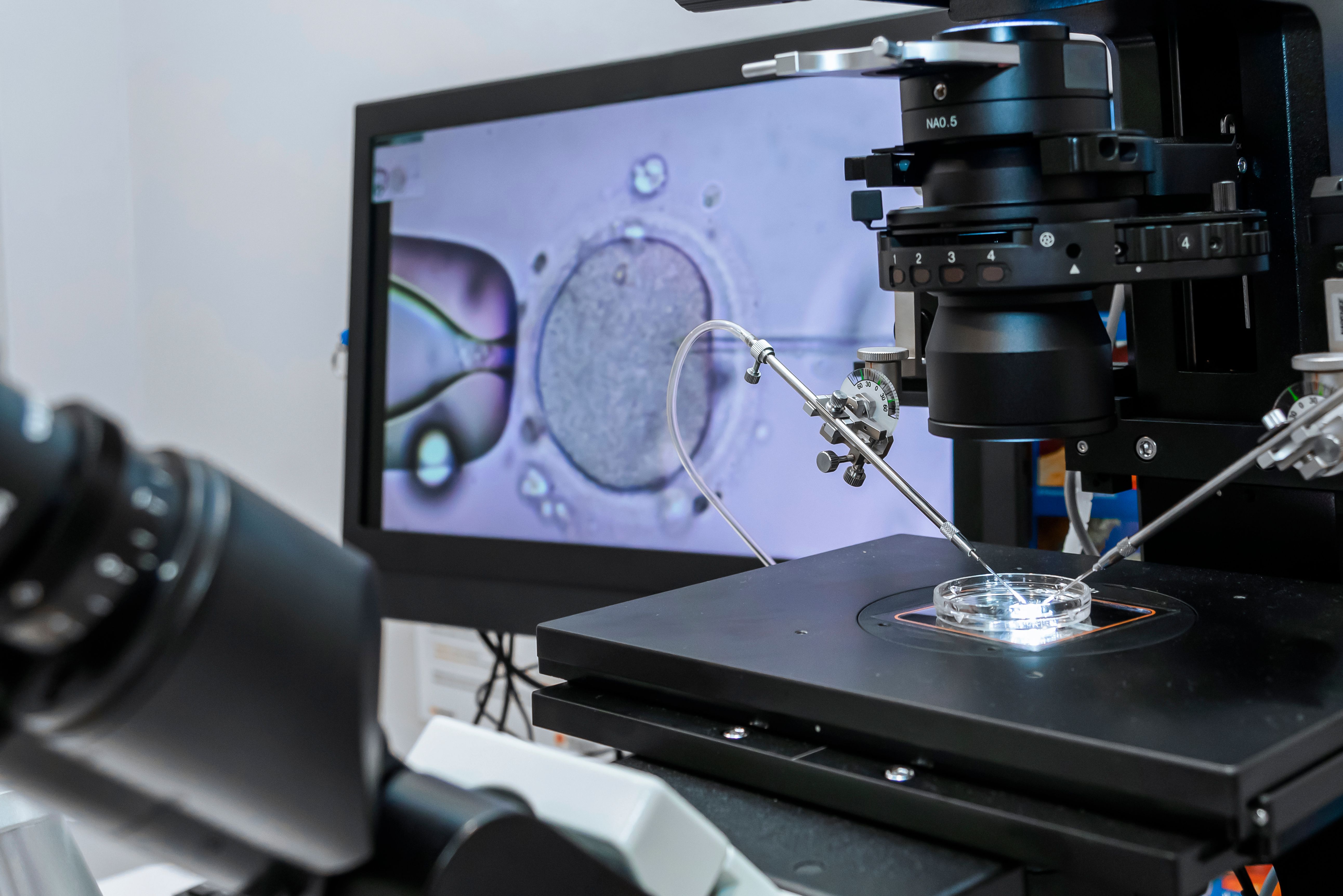
- Center on Health Equity & Access
- Clinical
- Health Care Cost
- Health Care Delivery
- Insurance
- Policy
- Technology
- Value-Based Care
Navigating Fertility Care in a Challenging Care Landscape Post Dobbs Decision
Posters presented at the American Society for Reproductive Medicine 2023 Scientific Congress & Expo highlighted trends in fertility care amid the turbulent landscape following the Dobbs decision.
Two posters presented at the American Society for Reproductive Medicine (ASRM) 2023 Scientific Congress & Expo explore trends in embryo disposition and in vitro fertilization (IVF) treatment after the wake of the Dobbs v Jackson Women’s Health Organization decision overturning Roe v Wade.

The first poster aimed to assess whether patterns in patient disposition choices for cryopreserved reproductive cells and tissues (CRCT) differed following the Dobbs decision.1
In this study, researchers obtained consents completed between September 2021 to March 2023 associated with CRCT from patients undergoing IVF or embryo banking. CRCT disposition choices were examined in the following situations: death of 1 spouse/partner, simultaneous death of both parties, and dissolution of the legal relationship. The disposition choices included donation to partner, donation to research, discarding, donating to another couple, or splitting the embryos between the 2 partners.
The researchers compared disposition choices before and after the Dobbs v Jackson decision on June 24, 2022.
Of the 317 patients included in the study, 161 (50.8%) were pre-Dobbs and 156 (49.2%) were post Dobbs. The researchers found no differences in age, body mass index, anti-Mullerian hormone (AMH) test, day 3 follicle-stimulating hormone (FSH), gravidity, and parity between the groups. In the case of death of 1 spouse or partner, almost all patients chose to donate CRCT to the partner both pre- and post-Dobbs (85% vs 81%; P = .31). In the case of death of both parties, most of both groups chose to discard CRCT (88% vs 85%; P = .55).
Regarding the dissolution of the legal relationship, there was no difference in disposition choice between pre- and post groups (41% v 42%; P = .90). However, patients in the post-Dobbs group had an 11% decrease in their decision to donate compared with the pre-Dobbs group (32% vs 21%; P < .05). In the event of death of a partner, patients younger than 40 years were more likely to discard embryos post Dobbs (14%) compared with pre-Dobbs (6%). Furthermore, in patients 40 years and older, the decision to discard decreased from 23% pre-Dobbs to 16% after the ruling, suggesting that younger patients were more likely to choose to discard embryos compared with older patients after the Dobbs decision.
A second study compared the incidence of abortion procedures among individuals who conceived using IVF with or without preimplantation genetic testing for aneuploidies (PGT-A) after the Dobbs decision.2
The researchers conducted a retrospective cohort analysis of surgical and medical abortions or fetal reduction among individuals with clinical intrauterine gestations after IVF with or without PGT-A, using data obtained from a high-volume academic center in Illinois between 2014 and 2021.
A total of 3203 patients were included in the cohort, of whom 39 (1.2%) had abortion or fetal reduction procedures. Of these patients, 5 used PGT-A and 34 did not. The analysis showed that age and intracytoplasmic sperm injection were associated with risk of abortion/fetal reduction. However, PGT-A did not significantly reduce the odds of abortion or reduction procedures among patients overall (odds ratio [OR], 0.47; 95% CI, 0.16-1.36) or in a smaller cohort of patients 38 years or older (OR, 0.61; 95% CI, 0.08-4.85).
Overall, abortion after IVF rarely occurred and PGT-A did not decrease the need for abortion or fetal reduction procedures after the overturning of Roe.
References
1. Yeshua A, Buzzell M, Peyser A, et al. Trends in embryo disposition pre and post Dobbs decision. Poster presented at: ASRM 2023 Scientific Congress & Expo; October 14-18, 2023; New Orleans, LA.
2. Strom D, Kiley J, Walter J, et al. Navigating IVF post-Dobbs: PGT-A and abortion. Poster presented at: ASRM 2023 Scientific Congress & Expo; October 14-18, 2023; New Orleans, LA.
2 Commerce Drive
Cranbury, NJ 08512
AJMC®
All rights reserved.